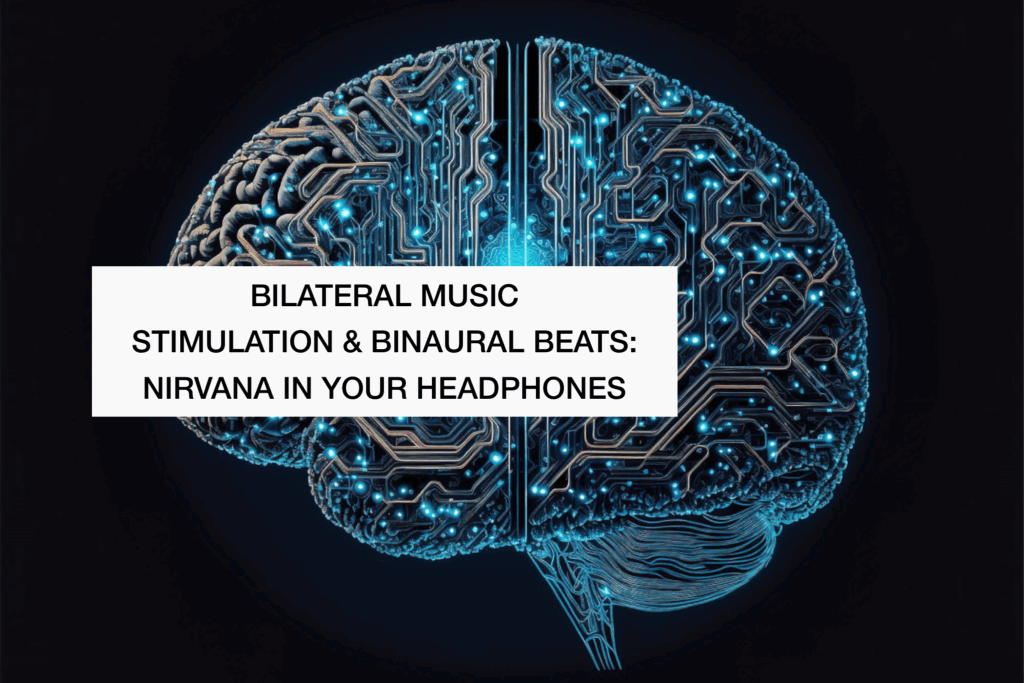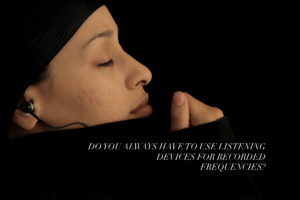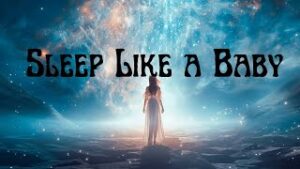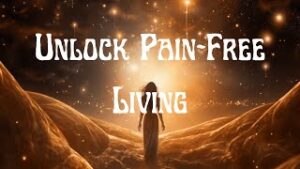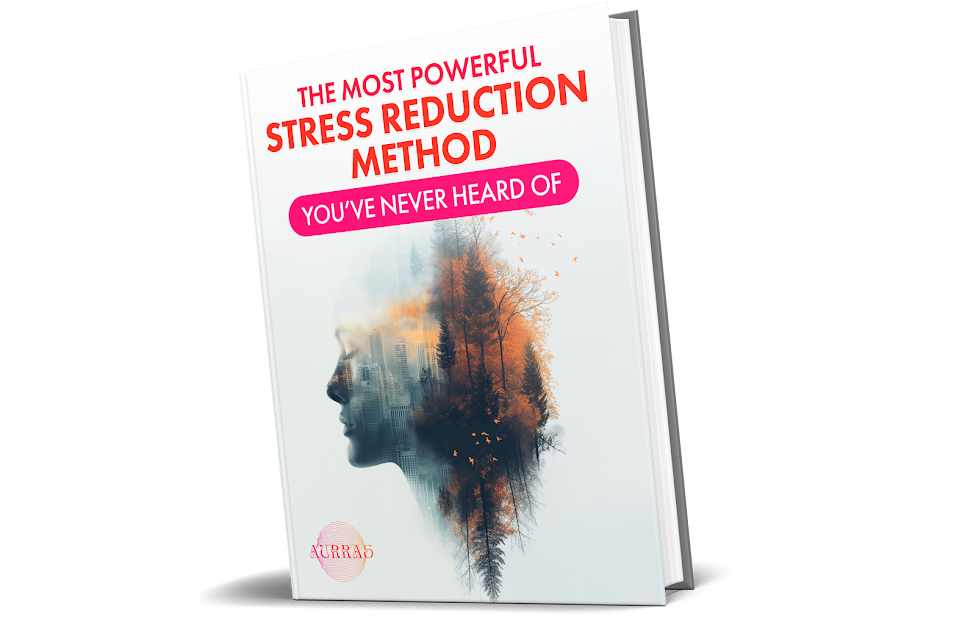There are moments in healing when words just don’t work. The mind gets loud. Emotions coil in the body. You know something needs to move, but logic can’t reach it.
That’s where bilateral music stimulation steps in.
What Is Bilateral Music Stimulation?
Bilateral music stimulation is a technique where sound alternates between your left and right ears in a gentle, rhythmic pattern. It’s designed to engage both hemispheres of the brain and regulate the nervous system—without needing conscious effort or cognitive processing.
This left-right auditory motion mimics natural bilateral stimulation we experience in activities like walking, rocking, or REM sleep. When done intentionally through headphones with soothing soundscapes, it can help calm the system, bring clarity, and even aid in emotional release.
Used most often for:
- Processing grief or trauma
- Reducing anxiety and overwhelm
- Regaining clarity after emotional flooding
- Supporting nervous system regulation
What’s Happening in the Brain?
When sound shifts from one ear to the other, it invites the two hemispheres of the brain to “talk to each other.” This bilateral engagement activates the corpus callosum, the bundle of nerves that links both sides of your brain.
Why does this matter?
Because healing—especially emotional healing—requires integration. Your left brain brings logic, your right brain brings emotion. Bilateral stimulation helps you harmonize both.
How Is This Different from Binaural Beats?
It’s easy to confuse bilateral stimulation with binaural beats, but they work very differently:
| Bilateral Music | Binaural Beats | |
| Mechanism | Alternating sound between ears | Two slightly different tones create a third “beat” or tone |
| Requires panning/stereo? | Yes | No |
| Effect | Emotional processing, balance, integration | Brainwave entrainment (relaxation, focus, sleep) |
| Primary focus | Nervous system + emotional body | Consciousness + brain state |
| Headphones needed? | Yes | Yes |
| Used for | Trauma recovery, regulation, grounding,sleep | Meditation, sleep, focus, energy |
So Which One Should You Use?
- Feeling emotionally activated, anxious, or overwhelmed? → Bilateral stimulation
- Want to enter a meditative state, focus deeply, or fall asleep? → Binaural beats
- Want both at once? → Yes, you can blend them (more on that below)
Combining Bilateral + Binaural: A Modern Healing Tool
When layered skillfully, you can create an audio journey that regulates the nervous system while guiding the brain into deep states.
For example:
- A sound track that pans soothing singing bowls left-right (bilateral)
- With a binaural beat layered in the background at 4 Hz (theta wave – for meditation)
- Plus nature sounds or breath cues to deepen embodiment
It’s like a musical hug for your whole system—emotional, mental, and energetic.
Why Sound Works When Words Don’t
Here’s what we know from neuroscience: the brain processes sound faster than visual input and emotion faster than language. So when you’re stuck, spinning, or shut down, sound can bypass the mental traffic jam and go straight to the limbic system—the part of your brain that governs emotional regulation.
You don’t have to do anything.
You just have to listen.
Final Thoughts
Bilateral music stimulation isn’t just a technique—it’s a gentle invitation back into your body. It allows you to meet your emotions without being overwhelmed by them. It works with your brain, not against it.
And when combined with the power of binaural beats, it becomes something even more powerful: a frequency-based reset button for your nervous system, your thoughts, and your sense of self.
Whether you’re navigating stress, healing from heartbreak, or simply craving stillness, sound is a bridge.
And that bridge goes both ways—left to right, and back home to you.
Q: Do I need special headphones for bilateral music?
A: You don’t need anything fancy—just a pair of stereo headphones that allow for sound to pan between the left and right ears. This left-right movement is what makes bilateral music work. Without headphones, the effect won’t reach your brain the same way, since both ears would hear the same signal at once. So while you don’t need high-end gear, you do need something that can separate the channels. Think of it as giving your brain a rhythmic conversation between both hemispheres.
Q: Can I combine binaural beats with bilateral stimulation?
A: Yes—and when done skillfully, the result is powerful. Bilateral stimulation engages both sides of your brain through rhythmic left-right audio movement, while binaural beats guide your brainwaves into specific states (like deep focus or relaxation) using subtle frequency differences. Together, they create a layered experience that supports emotional regulation and brainwave entrainment. Imagine your nervous system getting a gentle massage while your mind drops into stillness—it’s one of the most effective sound-based healing combinations out there.
Q: Is this safe for people with anxiety or PTSD?
A: Yes—and in fact, bilateral music stimulation is often used to help people process trauma, reduce anxiety, and regulate the nervous system. Because it doesn’t require talking, reliving painful memories, or even conscious effort, it can feel especially safe and accessible. The gentle back-and-forth rhythm mimics soothing movements like rocking or walking, which can naturally calm the fight-or-flight response. That said, it’s important to listen to your body. If something feels too activating, lower the volume or try a simpler track—and always consult a mental health professional if you’re navigating significant trauma.
Feeling off? Tune in.
Download Healing Frequencies: The Complete List—your quick guide to sounds that soothe, align, and elevate.
✨ Grab it now and start harmonizing your energy.
